OU News
News from The Open University
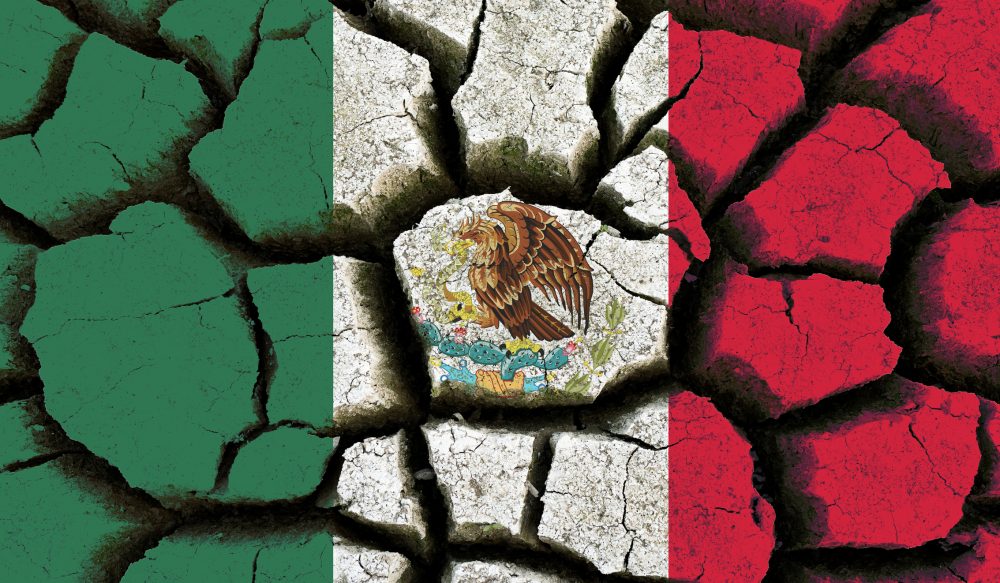
Mexico Earthquake: Expert reaction
Prof David Rothery, Professor of Planetary Geosciences, The Open University, said: “The epicentre of yesterday’s magnitude 7.1 earthquake in Mexico was about 500 km from the magnitude 8.1 quake of 8 September. There is no direct connection between the two, although they are both consequences of the convergence of the Pacific floor (here belonging to […]
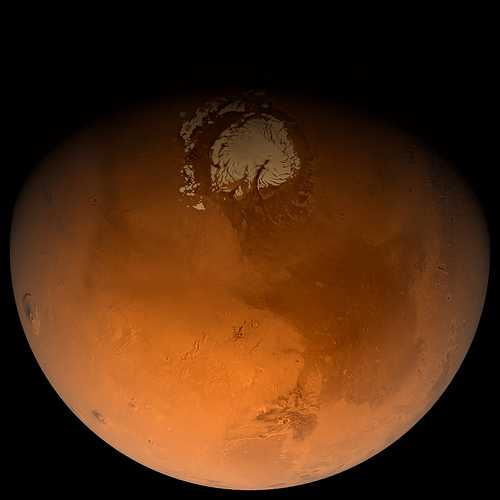
There could be snow on Mars – here’s how that’s possible
Given that there are ambitious plans to colonise Mars in the near future, it is surprising how much we still have to learn about what it would be like to actually live on the planet. Take the weather, for instance. We know there are wild fluctuations in Mars’s climate – and that it is very […]
Read more about There could be snow on Mars – here’s how that’s possible
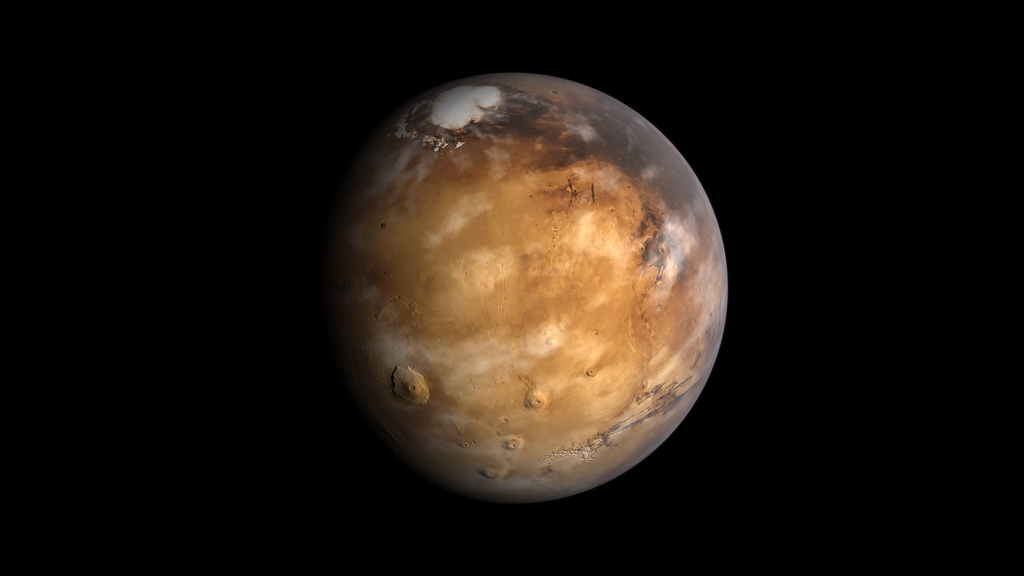
Scientists find some of Mars’ youngest volcanoes – and discover they could have supported life
4000 km wide view of Mars’ (colour-coded topgraphy) Coprates Chasma. NASA/USGS/ESA/DLR/FU Berlin (G Neukum), CC BY-SA It may seem that Mars was once a much more exciting planet. True, there are dust storms and possible water-seeps occurring today, but billions of years ago it was a dramatic place with huge volcanoes, a giant canyon […]
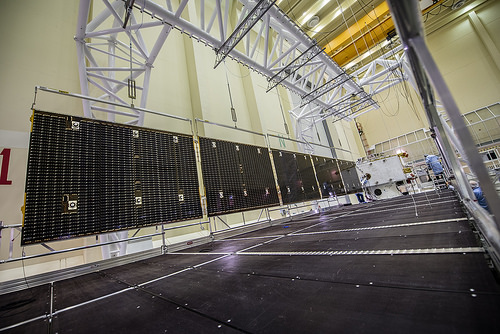
The BepiColombo spacecraft is ready to solve the many mysteries of Mercury
The €1.65 billion BepiColombo spacecraft is now being unstacked for final tests after being displayed in its launch configuration to the world’s press at the European Space Agency’s Space Technology and Research Centre. The six-metre high assembly will soon be shipped to Kourou in French Guyana where it is anticipated to launch in October 2018. […]
Read more about The BepiColombo spacecraft is ready to solve the many mysteries of Mercury
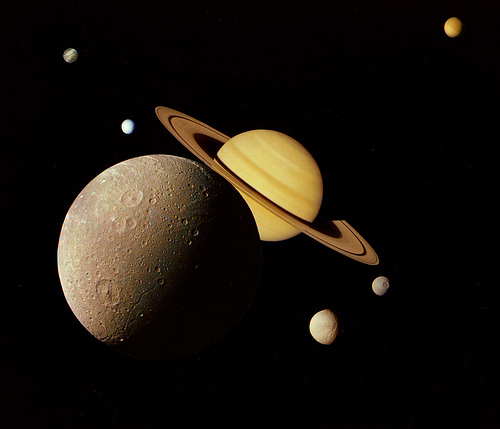
Saturn moon Enceladus is able to host life – it’s time for a new mission
Ever since studies started suggesting that chemical reactions between water and rock on Saturn’s moon Enceladus could provide enough energy in the water to feed microbial life, scientists have been searching for proof that the right sort of reactions really do occur. And during its last dive through the icy plumes that Enceladus erupts into […]
Read more about Saturn moon Enceladus is able to host life – it’s time for a new mission
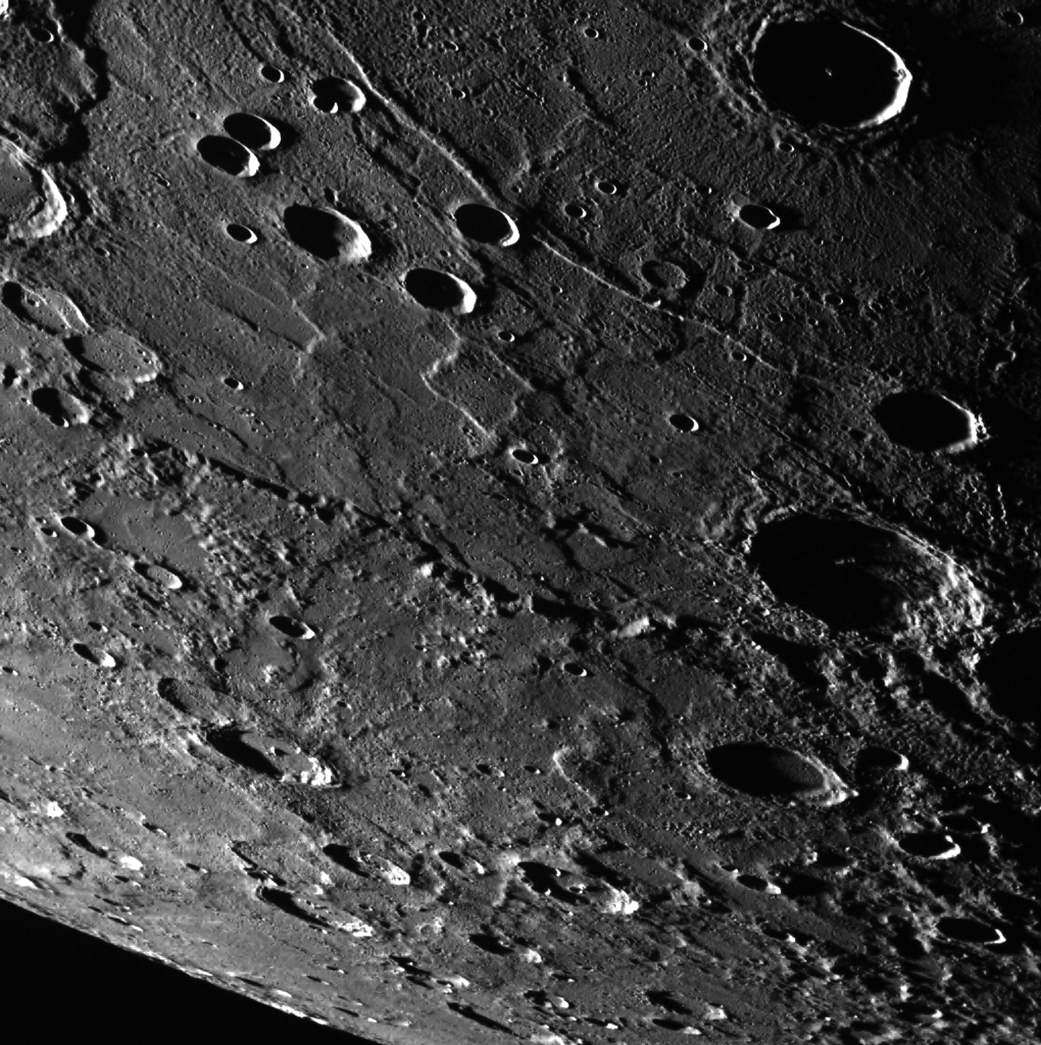
OU PhD student names a crater on Mercury after Irish poet
OU PhD student, Jack Wright has been given the honour of naming a 120km diameter crater on Mercury which he identified through his mapping of a section of the planet. Named ‘Heaney’ after the late Irish poet, author and Nobel Prize winner for literature, Seamus Heaney, the official announcement was made today (21 March) by […]
Read more about OU PhD student names a crater on Mercury after Irish poet
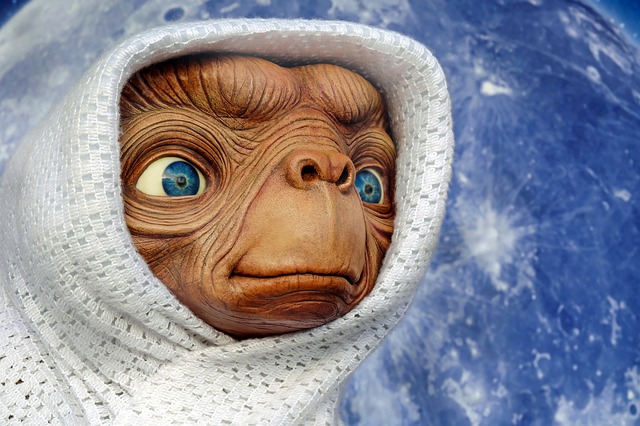
Solar system with seven Earth-like planets found around nearby star – here’s what they could be like
There have been many discoveries of potentially habitable planets orbiting stars other than our own over the last few years. Now things are getting even more exciting. Scientists have documented a star surrounded by no fewer than seven Earth-like planets – several or all of which could be at the right temperature for liquid water, […]
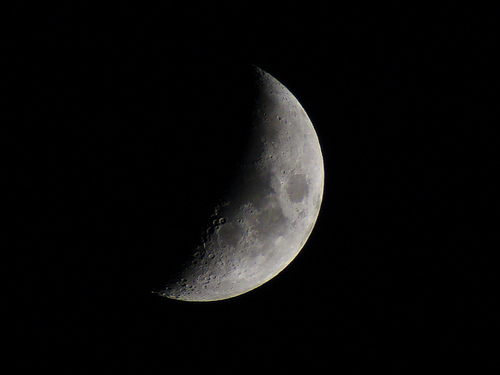
How old is our moon
Most scientists agree that the Earth has pretty much always had its moon. Details of the moon’s composition (in particular the “isotopic mixture” of heavier and lighter versions of various elements) are too similar to the Earth’s for it to have been captured from somewhere remote. However, some compositional details differ enough to rule out […]
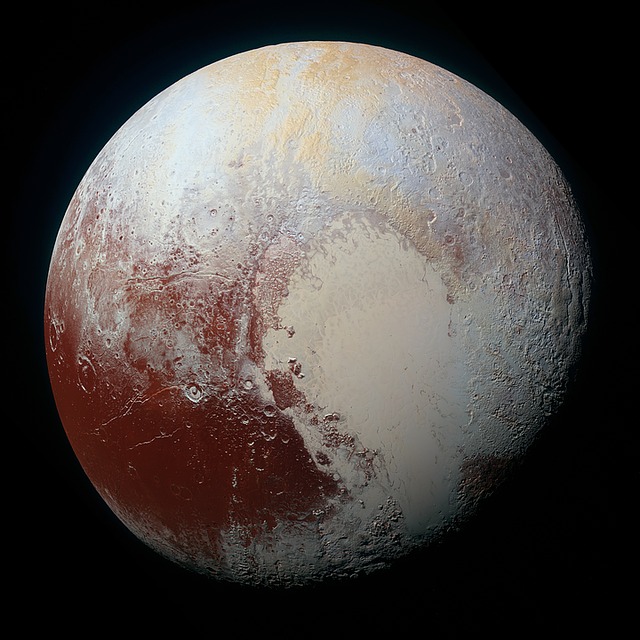
Mordor mystery: scientists solve puzzle of the strange, dark north pole on Pluto’s moon Charon
Had Pluto itself not proved to be so spectacular when NASA’s New Horizons probe flew past last year, there can be no doubt that its large moon Charon would have won more admirers. The remarkable moon has a mysterious dark-red stain over its north pole, called “Mordor Macula” by the New Horizons team – where […]
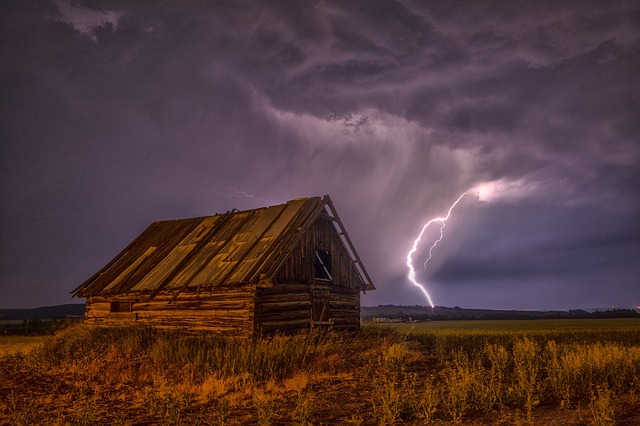
How a ‘weather bomb’ shook the Earth – and why that’s not an earthquake
The Earth beneath your feet is “humming” all the time. Typically these vibrations are too faint and low-frequency for your ears to hear. But they can be detected by seismometers, the instruments designed to study the generally more powerful vibrations that emanate from earthquakes. Now researchers have used an array of seismometers in Japan to […]
Read more about How a ‘weather bomb’ shook the Earth – and why that’s not an earthquake
Page 2 of 3